Author: Kelsey Fukuda
I recently picked up a new habit that’s been both fun and has helped me with organizing my thoughts. Bullet journaling is a fairly new trend that’s been appearing in a lot of my YouTube recommended videos, on Facebook, and on Pinterest. Bullet journals use “rapid logging”, which is quicker to jot down than other types of journals. The fun thing about bullet journals is that you can really customize it to be whatever you need it to be. In my case, I use my bullet journal as a planner, to-do list, and inspiration board. The format of my bullet journal is fairly similar to others out there. Each month has a cover page, each week has a weekly spread, and then there are extra pages used to write down ideas that I have.
Not only has bullet journaling helped me organize my time, it has provided me with a creative outlet. Doodling and journaling are also proven to have cognitive benefits as well! Doodling is known to help with memory, stress relief, and improved focus. One researcher suggests that a reason why doodling is beneficial to us is the idea that doodles are similar to stress-relieving motor acts that alleviate impatience, boredom, and indecision. In some cases, doodling also helps with “affective attention”, which leads to increased watchfulness and concentration. On the other hand, journaling has its own benefits for your mental health and your brain. Journaling is known to help with managing anxiety and reducing stress by facilitating people to prioritize their problems and concerns, track their daily thoughts, and identify positive and negative thoughts or behaviors. Combining journaling and doodling creates a perfect pair.
Every week I try to sit down and plan my upcoming weekly spread. This helps me to organize my schedule and think about any important events I have coming up. At the start of every month, I like to think of a theme that I can stick with when designing my pages. Depending on the goals I have that month, I will sometimes create different visuals for tracking certain things such as habits, mood, sleep, and budget. I sometimes leave pages blank in case I want to create lists or have ideas to write down. For example, before traveling I like to list out places to see and things to eat in that area. Or sometimes I will have a list of recipes that I want to try. Even some gift idea lists are helpful to look back at. The great thing about bullet journals is that you can add whatever you need to it and make it your own. Personally, I like to look at Pinterest for ideas and then adjust them to my preferences and needs. I would definitely recommend trying out bullet journaling! You get to decide how much time and effort you want to put into designing it, so it doesn’t have to be a chore to write down your schedule anymore.
Sources:
Schott, GD. "Doodling and the Default Network of the Brain." The Lancet. N.p., n.d. Web.
Pillay, Srini. "The "thinking" Benefits of Doodling." Harvard Health Blog. N.p., 11 Dec. 2016. Web. 08 May 2018.
"Journaling for Mental Health." Eastman Institute for Oral Health - University of Rochester Medical Center. N.p., n.d. Web. 08 May 2018.



